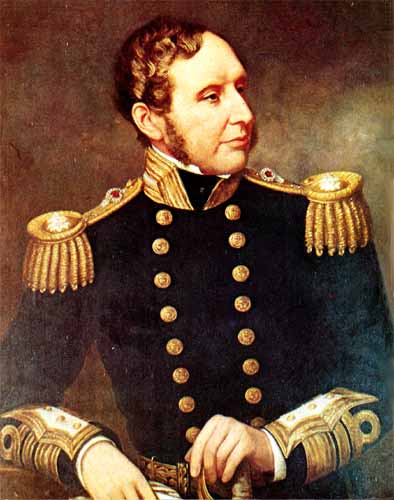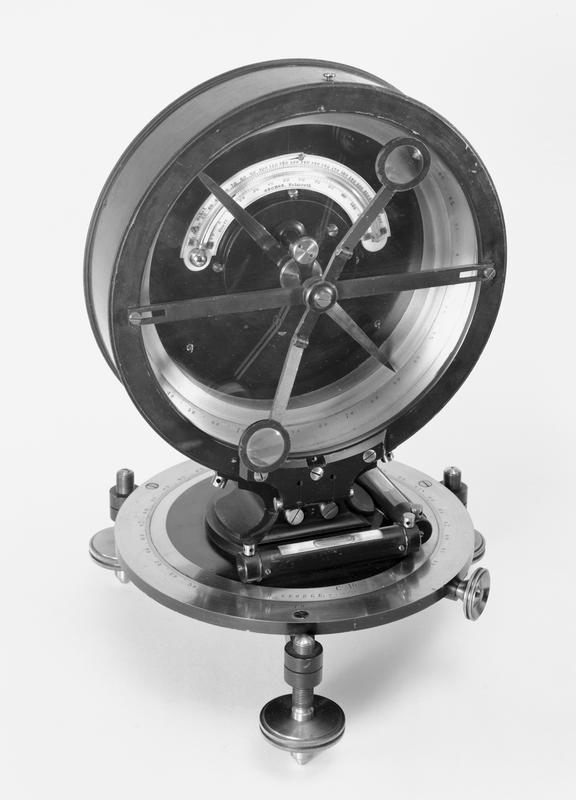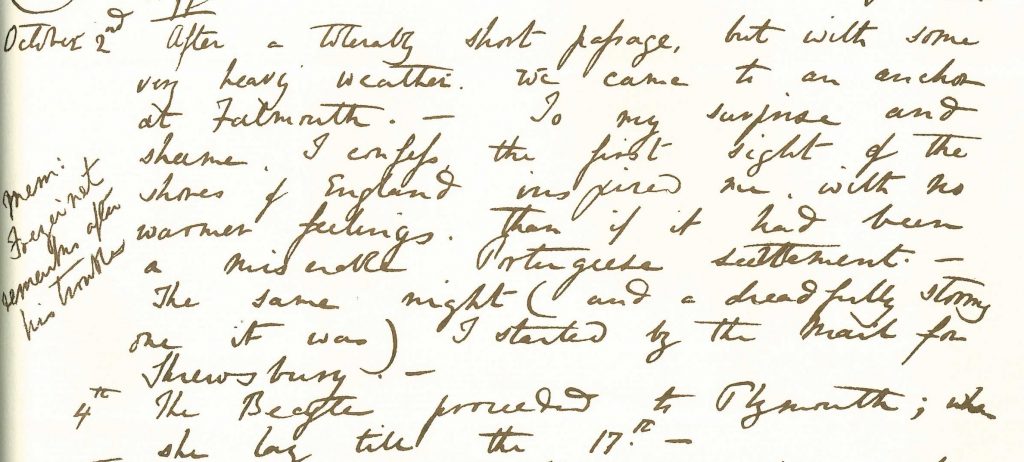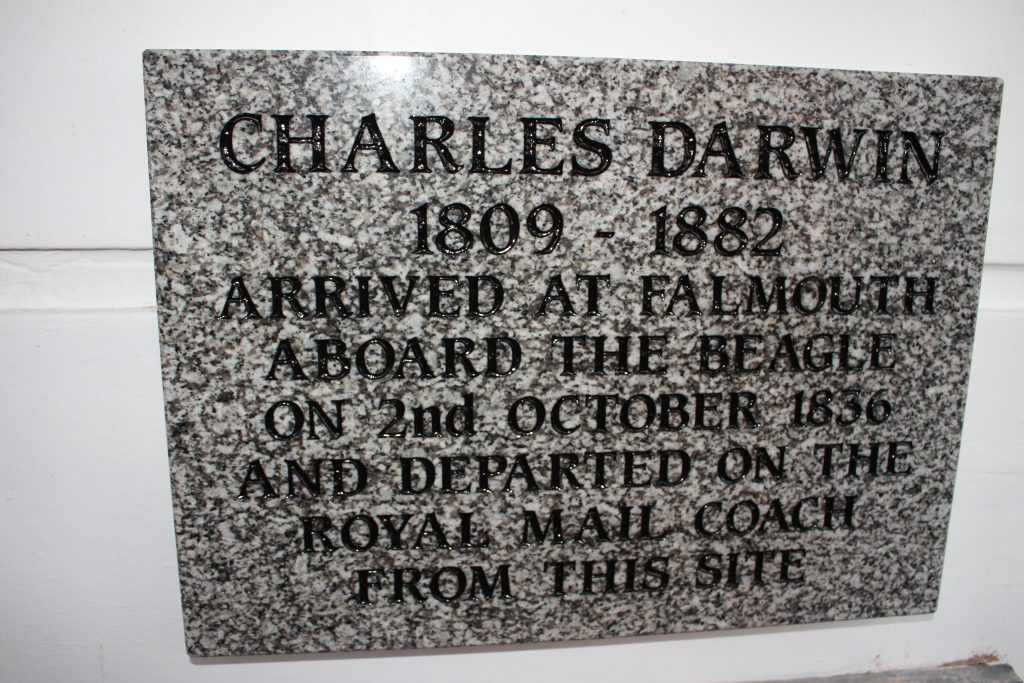Volunteer Linda Batchelor came across the following entry from Barclay Fox’s Journal for October 1836 which brings together three well-known names.
10th Month
3. Captain Fitzroy of the Beagle dined here. He is just returned from a 5 years’ voyage of discovery about the Southern regions. My father showed him his dipping needle &c. with which he was highly pleased.
4. Capt. F. breakfasted here & reports that he was not able to sleep from the philosophical excitement of last evening.
Diary of Barclay Fox
The Foxes
The Quaker Fox family were prominent in Falmouth where they ran the firm of G C Fox & Co Ship Agents. They were also joint owners of Perran Foundry and were involved in mining, and other areas of Cornish industry. The family were intellectually curious and embraced and encouraged artistic and scientific developments. Two redoubtable members of the family, Anna Maria and Caroline, founded the Royal Polytechnic Society – the world’s first – in 1833 to advance the study of the arts and sciences.
The host was Robert Were Fox who, as well as being a senior member of the shipping firm, was a Fellow of the Royal Society. He was a natural philosopher, a geologist and an inventor, most notably of the Fox’s Dipping Needle used for magnetic observations.
Barclay Fox was the son of Robert Were Fox. He started his Journal aged fourteen in 1832 and kept daily entries until his marriage in 1844.
The guest

Captain Robert Fitzroy was born into a titled and wealthy family in Suffolk in 1805. He entered the Royal Navy in 1819 beginning a successful naval career and taking over temporary command of HMS Beagle, then engaged in a hydrographic survey of Terra del Fuego, in 1828 at the age of twenty-three. Fitzroy and Beagle returned to England in 1830 having established his reputation as a surveyor and commander.
He was re-appointed as Captain of HMS Beagle in 1831 for a second scientific voyage to the Southern hemisphere. On this five year voyage, of circumnavigation Fitzroy was joined by a young Charles Darwin. He remained in the navy developing his interests as a hydrographer meteorologist and ranked as an admiral before retiring from active service in 1850. The following year he was elected as a Fellow of the Royal Society and he became head of the Board of Trade’s Meteorological Department on its establishment in 1854. As head of the Department Fitzroy worked to improve the scientific study of weather through the use of synoptic forecasting and developing the observation network to make such information publicly available. He championed the maintenance of weather reporting, established a storm warning system for mariners and barometers fixed prominently in major ports and also developed daily weather predictions which he called ‘forecasts’.
The dipping needle

A dipping needle is a magnetic compass with a vertically oscillating needle which measures the angle between the horizon and the Earth’s magnetic field (the Dip Angle). The Fox Dipping Needle was developed by Robert Were Fox and built by the Falmouth instrument maker William George. It was used in surveying and mining (it was known as a Miner’s Compass) and was the first such instrument to be used on a moving ship. In 1839 it was used on the expedition of Captain James Clark Ross with the ships Erebus and Terror to the Southern hemisphere tasked with locating the magnetic South Pole.
The Dipping Needle would have been of great interest to Captain Fitzroy as a hydrographic surveyor and his meeting with the Foxes would have been an exciting encounter with its inventor.
The missing guest
The missing guest would become the most famous of the four men mentioned: Charles Darwin. Sadly he missed out on the ‘philosophical excitement’ of the evening as he left Falmouth within hours of arrival:

October 2nd: After a tolerably short passage, but with some very heavy weather, we came to an anchor at Falmouth. To my surprise and shame, I confess the first sight of the shores of England inspired me with no warmer feelings, that if it had been a mud-walled Portuguese settlement. The same night (and a dreadfully stormy one it was) I started by the Mail for Shrewsbury.
4th The Beagle proceeded to Plymouth; where she lay till the 17th.
Extract from Charles Darwin’s Journal: The Voyage of the Beagle

